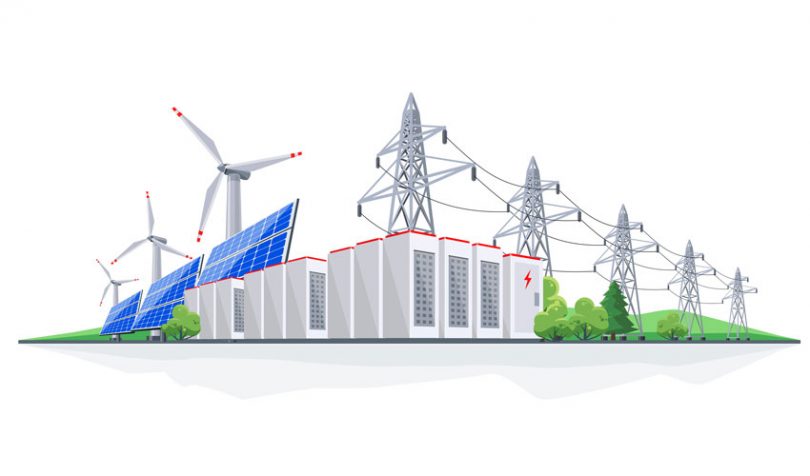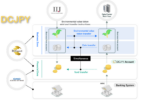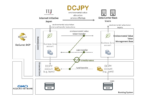A blockchain proof of concept (PoC) being launched by Austrian Power Grid (APG) and the non-profit Energy Web Foundation is set to demonstrate what is potentially one of the most valuable use cases of distributed ledger technology (DLT) in the energy sector – management of the network using customer-owned distributed energy resources (DERs).
In the coming years, the grid operator expects more than a million DERs to be connected nationally, whether they are household solar, batteries or electric vehicles.
To date, most blockchain use cases have involved either experimenting with sharing renewable energy within a micro network, or for certifying renewable resources. With this PoC, the technology is being leveraged in the core electricity grid.
Electricity network operators are coming under pressure as energy markets become more fragmented with the growing penetration of variable renewable energy sources. New tools are needed for visibility and management to maintain the supply, demand balance, and avoid equipment failure and outages. The situation is further complicated in regions such as Europe, with power flows traded between countries critical for meeting national demands.
With this PoC APG aims to show that when demand spikes up or down on the transmission network, the balance can be restored from many small distributed energy sources.
Small participants who are connected can earn money by making their resources available to provide energy to the network balancing markets.
“We believe that fulfilling Austria’s goal of 100% renewable electricity until 2030 is achievable—if everyone at the table is committed to do what it takes. A huge piece of the puzzle will be the coordinated and standardized utilization of distributed flexibility potentials to efficiently integrate renewables into the electricity market,” said Gerhard Christiner, CTO at APG in a statement.
“For this purpose, we need to prove the concept of a ‘flex hub’ that can make these potentials accessible for everyone, while respecting the physical constraints of the grid on all levels.”
Open-source software
APG’s partner for the PoC is the Energy Web Foundation, which developed its own Ethereum-based blockchain solution to address the needs of the energy sector. It has affiliations with more than 100 energy companies, including numerous electricity utilities such as Duke Energy and PG&E in the US, Germany’s EnBW, swisspower, Tokyo’s TEPCO, CHUBU Electric Power to name but a few.
The modules for the PoC are still under development. They will use the Energy Web Foundation’s open-source Decentralized Operating System (EW-DOS) to streamline the qualification and registration of the distributed assets and manage the trading and financial settlement functions.
As a starting point, EW-DOS establishes a ‘digital passport’, or self-sovereign decentralized identifiers, for each participating distributed resource.
Instead of a central entity having responsibility, customers can register their own resources. When the grid needs to use electricity from the resource, the operator doesn’t need to know the personal details of the battery or solar panel owner.
Other features of EW-DOS include messaging and notably, integrations with legacy utility IT systems.
The Energy Web Foundation (EWF) says that a combination of blockchain-based, decentralized off-chain, and legacy IT approaches together set the proof of concept apart, and places Austria at the forefront of modern grid digitalization.
“We believe that a decentralized approach, combining both cutting-edge technologies such as blockchain and proven legacy IT systems for grid operation, is the future of power grids around the world,” said Micha Roon, EWF CTO in the statement.
As the number of DERs grows, the management of the electricity system will become more and more complex. With a successful demonstration of the PoC, it could evolve into a national hub accessible to all market players and energy management markets.
The Energy Web Foundation believes this grid management use case to be one of the two most valuable in the energy sector. The other is on enhancing traceability. The Foundation is collaborating with PTT, Thailand’s state-owned oil and gas company, to develop a marketplace using EW-DOS to simplify renewables procurement by corporates across southeast Asia.
Meanwhile, seven months ago, Power Ledger partnered with E-NEXT, a subsidiary of Energie Steiermark, for a blockchain trial in the Austrian city of Graz. The test is similar to others in the blockchain energy sector, involving a ten home peer-to-peer trading experiment.






